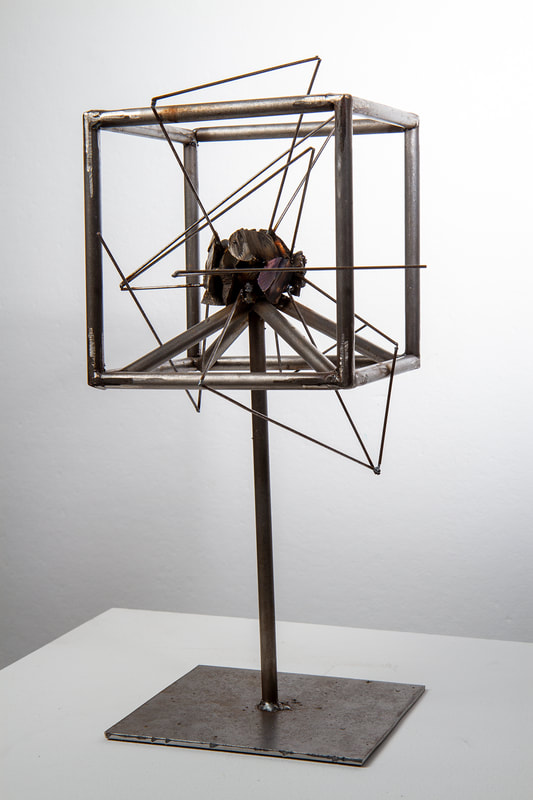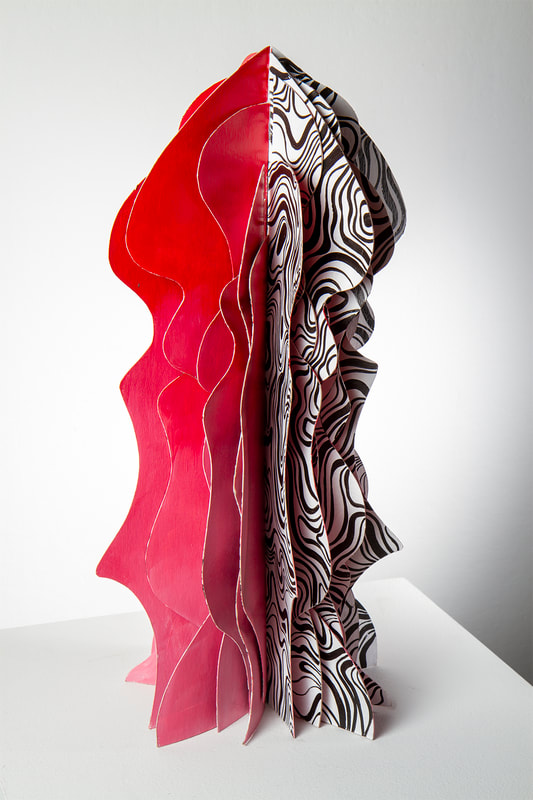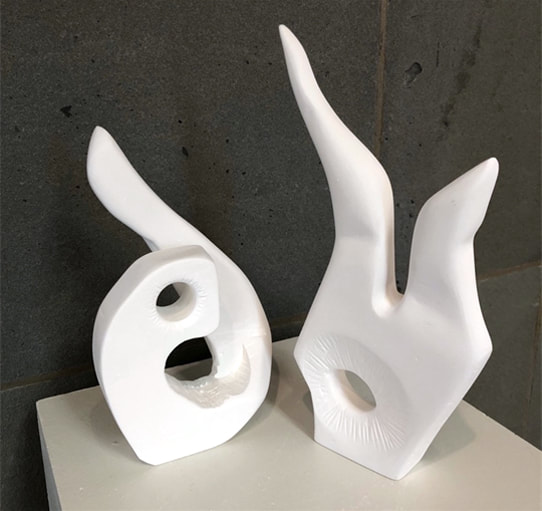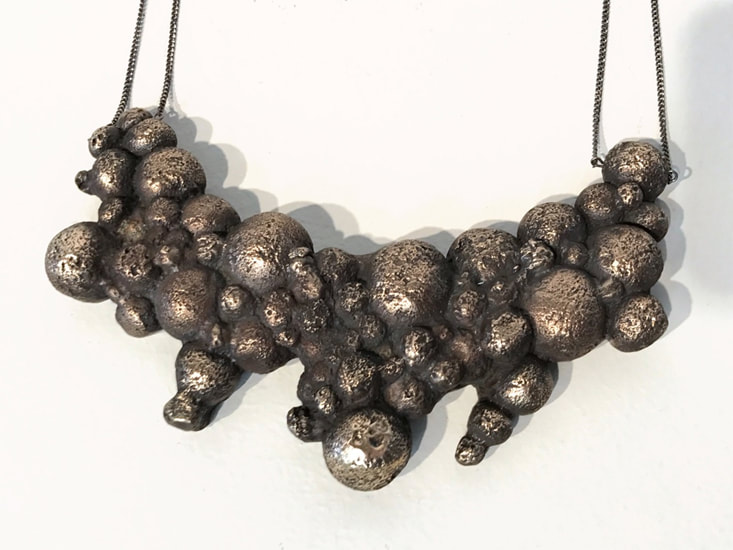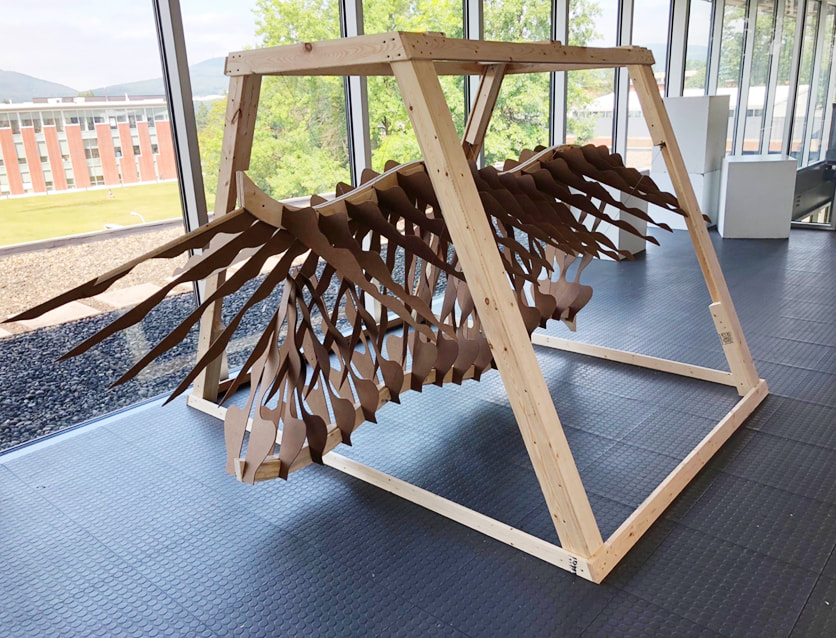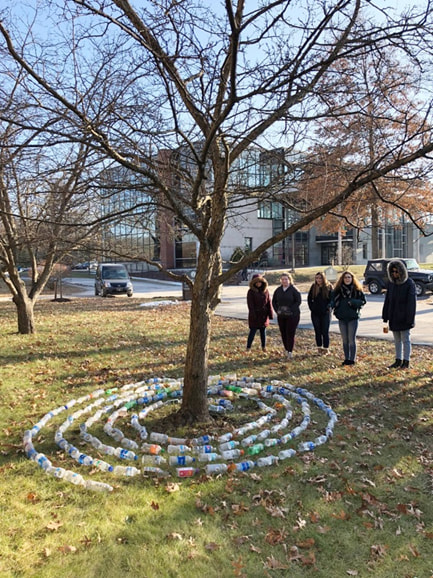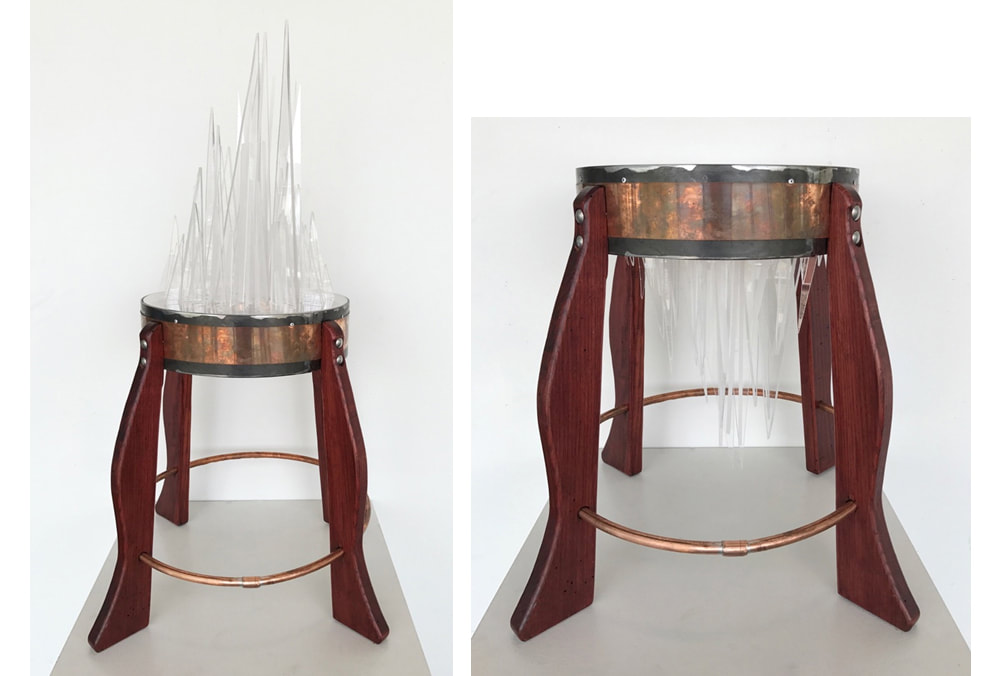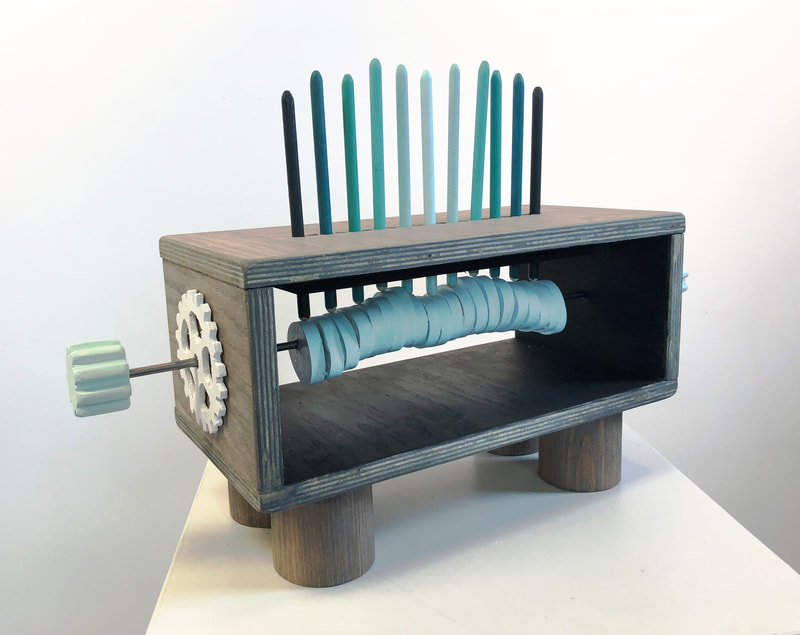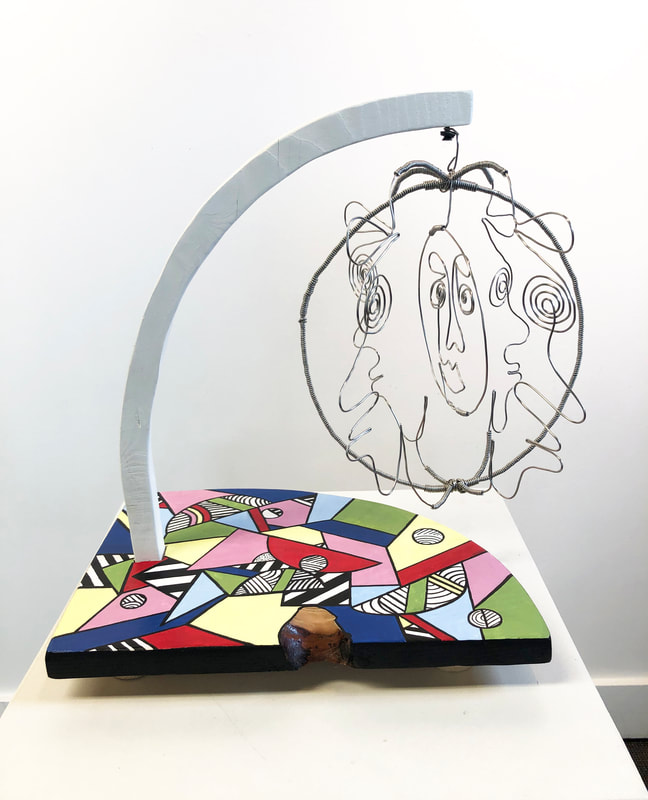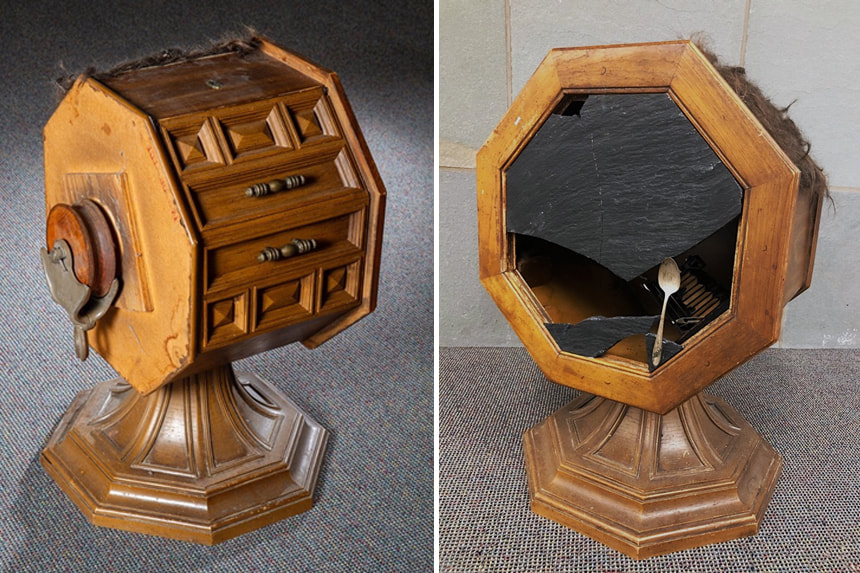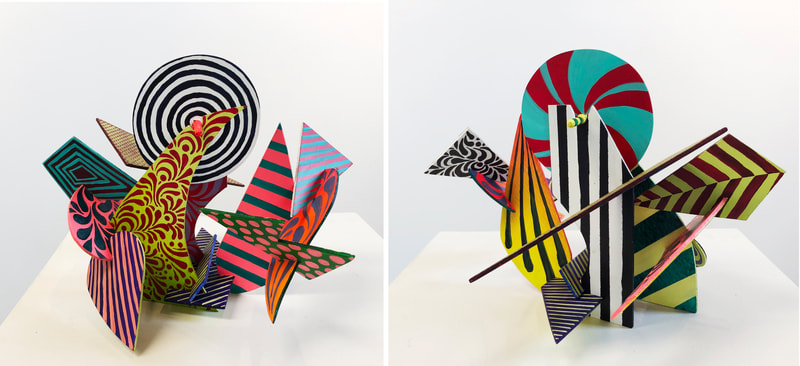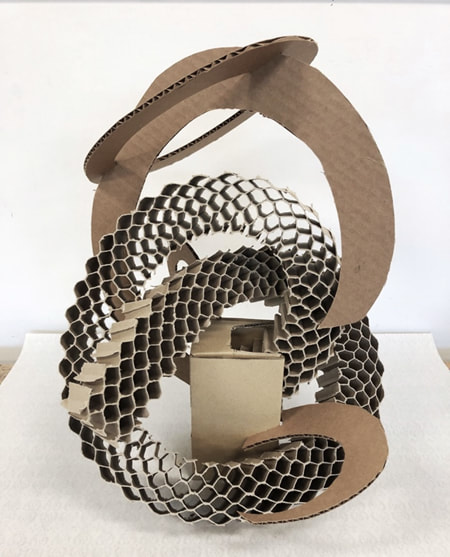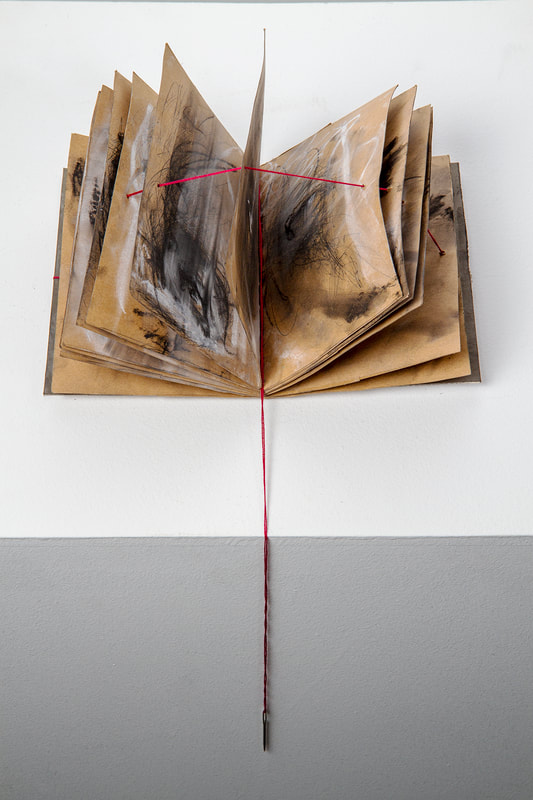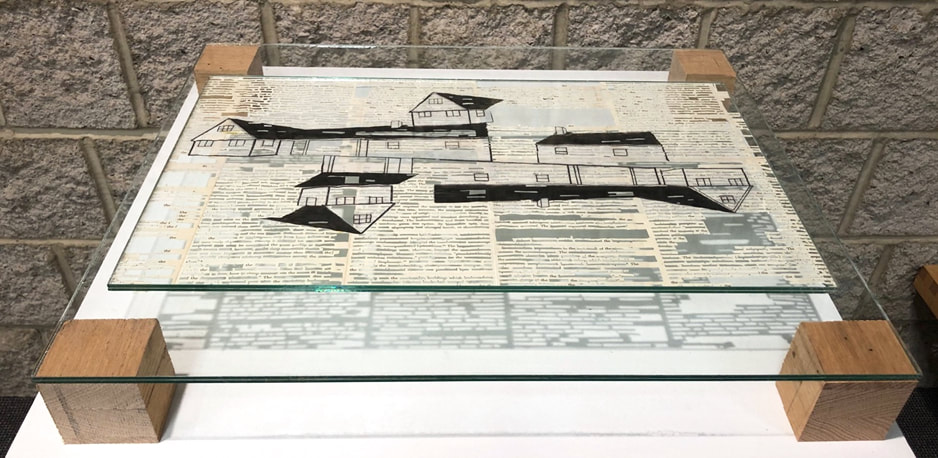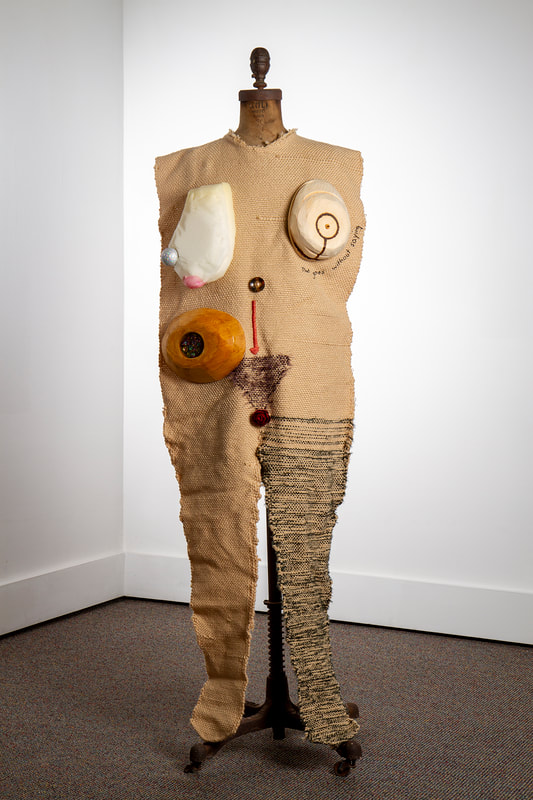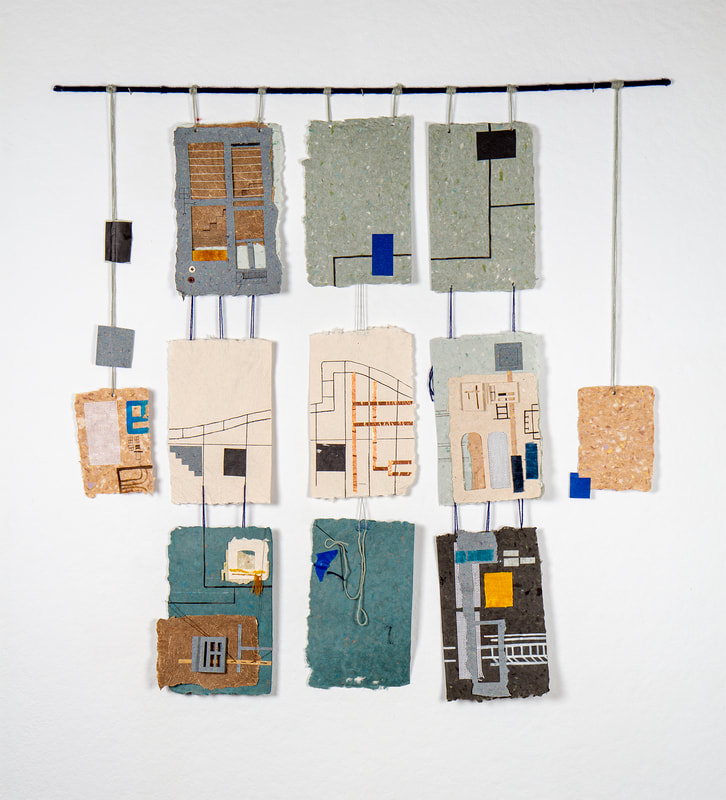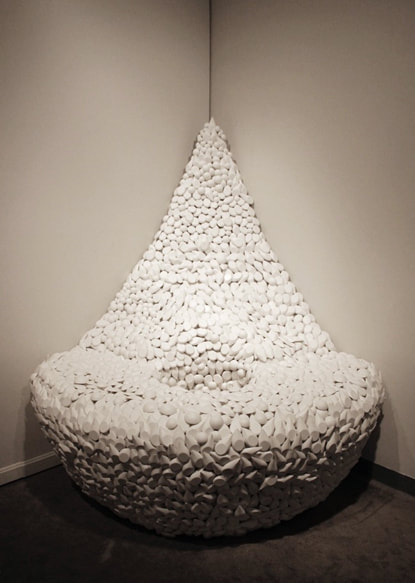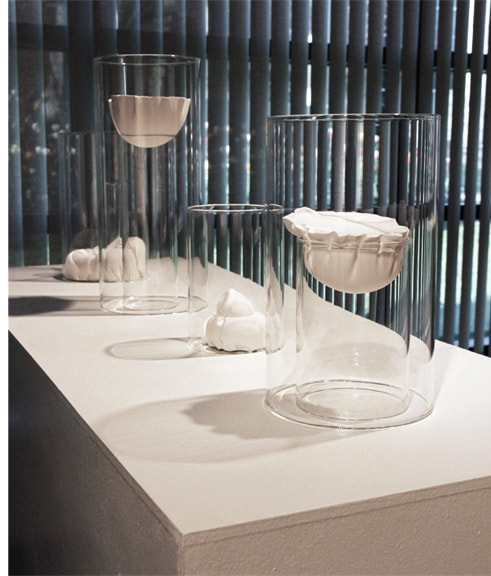Teaching Philosophy
The Work of the Studio Classroom and Beyond
As college sculpture faculty, I am charged with delivering content and instruction on, and with, tools and potentially dangerous materials that are sharp, sticky, reactive, charged with electrical current, molten, or rotating at a high speed. Students create work in response to prompts, current events and personal history. Some days, it is “seat-of-the pants” teaching, responding to unexpected public disclosures of sexual abuse, gender affirmations, stories of events during active military service, and real personal fear of our current political and economic situation. Students have more to navigate than ever before, and they have powerful personal testimony to share. Mutual respect, collaborative exchange of ideas, safety (physical and emotional) and growth of all students is what I strive for in my studio classroom. The day students set foot on campus, I begin searching for opportunities for them in the campus community, and in the world. I encourage them to join local galleries, attend art and cultural events, volunteer, apply for internships, and mentor others through Keystone Iron Works and afterschool programs. I help them identify, and connect with, individuals with whom they share ideology or a particular passion or interest. Some of the most powerful opportunities and lessons occur outside the classroom.
Although the studio work of graduate and foundation courses differ, the fundamental energy is the same. Create a studio where effort and failure are valued, and students feel secure and supported. Encourage questioning. Exchange ideas. Conduct research. Secure the proper materials, and hone technique. This reoccurring cycle of design, technology, practice, question, critique, adaptation is not limited to creating art. There are lessons within the tools — the power behind creative problem solving in all areas of life. This is the foundation of my pedagogy from introductory classes to graduate courses. Students will not expend effort, or risk failure, if they perceive the classroom, or the faculty, as a threat. I evaluate where students are, and prepare direction (technical and aesthetic) that will challenge and drive them forward. I work to create a supportive, but rigorous, dynamic for the group and each individual.
I asked students what they thought my teaching philosophy was, and they responded, “You meet us where we are. You don’t presume we know things, and you figure us out.” Then one laughed, and said, “Then you push us really hard, but it works”. A student I taught in a first-year course is a whole new person as a third-year student. It is vital to know who they are, and who they aspire to be. Achieving that means I can quickly match them to opportunities in the classroom and beyond.
As college sculpture faculty, I am charged with delivering content and instruction on, and with, tools and potentially dangerous materials that are sharp, sticky, reactive, charged with electrical current, molten, or rotating at a high speed. Students create work in response to prompts, current events and personal history. Some days, it is “seat-of-the pants” teaching, responding to unexpected public disclosures of sexual abuse, gender affirmations, stories of events during active military service, and real personal fear of our current political and economic situation. Students have more to navigate than ever before, and they have powerful personal testimony to share. Mutual respect, collaborative exchange of ideas, safety (physical and emotional) and growth of all students is what I strive for in my studio classroom. The day students set foot on campus, I begin searching for opportunities for them in the campus community, and in the world. I encourage them to join local galleries, attend art and cultural events, volunteer, apply for internships, and mentor others through Keystone Iron Works and afterschool programs. I help them identify, and connect with, individuals with whom they share ideology or a particular passion or interest. Some of the most powerful opportunities and lessons occur outside the classroom.
Although the studio work of graduate and foundation courses differ, the fundamental energy is the same. Create a studio where effort and failure are valued, and students feel secure and supported. Encourage questioning. Exchange ideas. Conduct research. Secure the proper materials, and hone technique. This reoccurring cycle of design, technology, practice, question, critique, adaptation is not limited to creating art. There are lessons within the tools — the power behind creative problem solving in all areas of life. This is the foundation of my pedagogy from introductory classes to graduate courses. Students will not expend effort, or risk failure, if they perceive the classroom, or the faculty, as a threat. I evaluate where students are, and prepare direction (technical and aesthetic) that will challenge and drive them forward. I work to create a supportive, but rigorous, dynamic for the group and each individual.
I asked students what they thought my teaching philosophy was, and they responded, “You meet us where we are. You don’t presume we know things, and you figure us out.” Then one laughed, and said, “Then you push us really hard, but it works”. A student I taught in a first-year course is a whole new person as a third-year student. It is vital to know who they are, and who they aspire to be. Achieving that means I can quickly match them to opportunities in the classroom and beyond.
Effort-Failure
Effort and failure are both rewarded in my studio classroom. I set a tone of engagement and purpose at the beginning of every class. What is the day’s objective? How are we going to get there? What will I deliver and what do I expect the student to research and respond to? A student struggling in the classroom is no secret to other students. Students see how I appreciate effort and support growth. This underscores the notion that they can take risks and this behavior (of respect and support) becomes the shared mentorship norm as students interact with one another.
Effort and failure are both rewarded in my studio classroom. I set a tone of engagement and purpose at the beginning of every class. What is the day’s objective? How are we going to get there? What will I deliver and what do I expect the student to research and respond to? A student struggling in the classroom is no secret to other students. Students see how I appreciate effort and support growth. This underscores the notion that they can take risks and this behavior (of respect and support) becomes the shared mentorship norm as students interact with one another.
Design-Technology-Practice-Question-Critique-Adaptation
For every project, I create a lecture of historical influences, contemporary artists (design), and a demonstration of tools and materials (technology). I introduce a small project and facilitate a class work period (practice).
Work periods offer time for me to evaluate progress of individual students, to adapt my delivery of information and re-demonstrate tools/materials as necessary. This is a valuable opportunity for me to adjust to meet student needs. We then do group review of the project, assessing what works, how and why? (question). Next, I assign a more involved project, curating additional visual references, individual research assignments and/or additional demonstrations based on what I learned from the reviews. Larger projects incorporate new skills, research and references and undergo a final group review (critique). Critiques assess how the project met or did not meet the goals and fabrication issues. The process includes mapping how work could be more successful (adaptation).
I think my unrelenting curiosity about the world makes me a good teacher. I am forever questioning and learning. I share that passion with my students, and I encourage them to do the same. Students leave my classroom with sound material techniques, dynamic problem solving strategies, and critical reasoning skills. They are collaborative, energetic citizens, on a path of personal success.
For every project, I create a lecture of historical influences, contemporary artists (design), and a demonstration of tools and materials (technology). I introduce a small project and facilitate a class work period (practice).
Work periods offer time for me to evaluate progress of individual students, to adapt my delivery of information and re-demonstrate tools/materials as necessary. This is a valuable opportunity for me to adjust to meet student needs. We then do group review of the project, assessing what works, how and why? (question). Next, I assign a more involved project, curating additional visual references, individual research assignments and/or additional demonstrations based on what I learned from the reviews. Larger projects incorporate new skills, research and references and undergo a final group review (critique). Critiques assess how the project met or did not meet the goals and fabrication issues. The process includes mapping how work could be more successful (adaptation).
I think my unrelenting curiosity about the world makes me a good teacher. I am forever questioning and learning. I share that passion with my students, and I encourage them to do the same. Students leave my classroom with sound material techniques, dynamic problem solving strategies, and critical reasoning skills. They are collaborative, energetic citizens, on a path of personal success.
